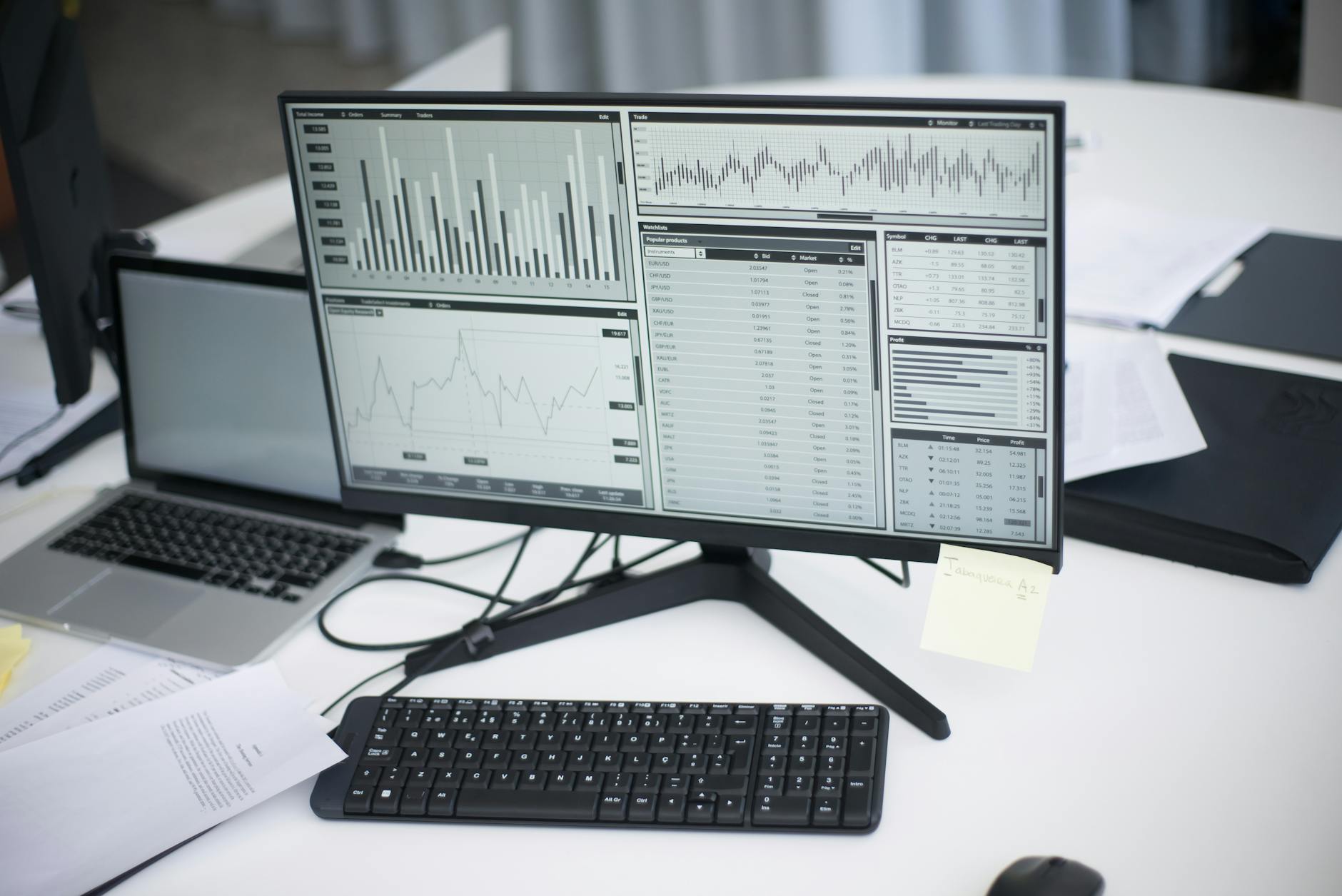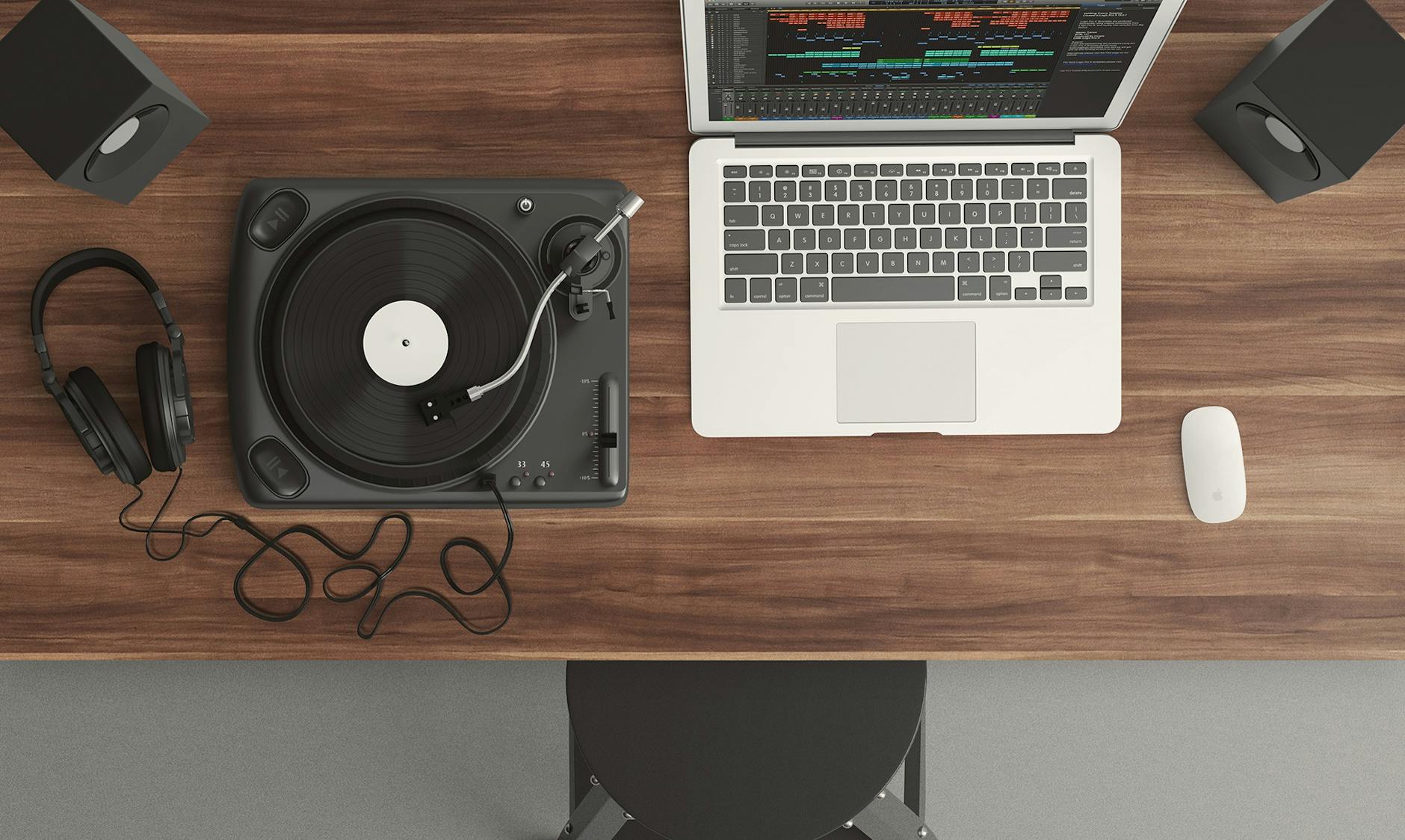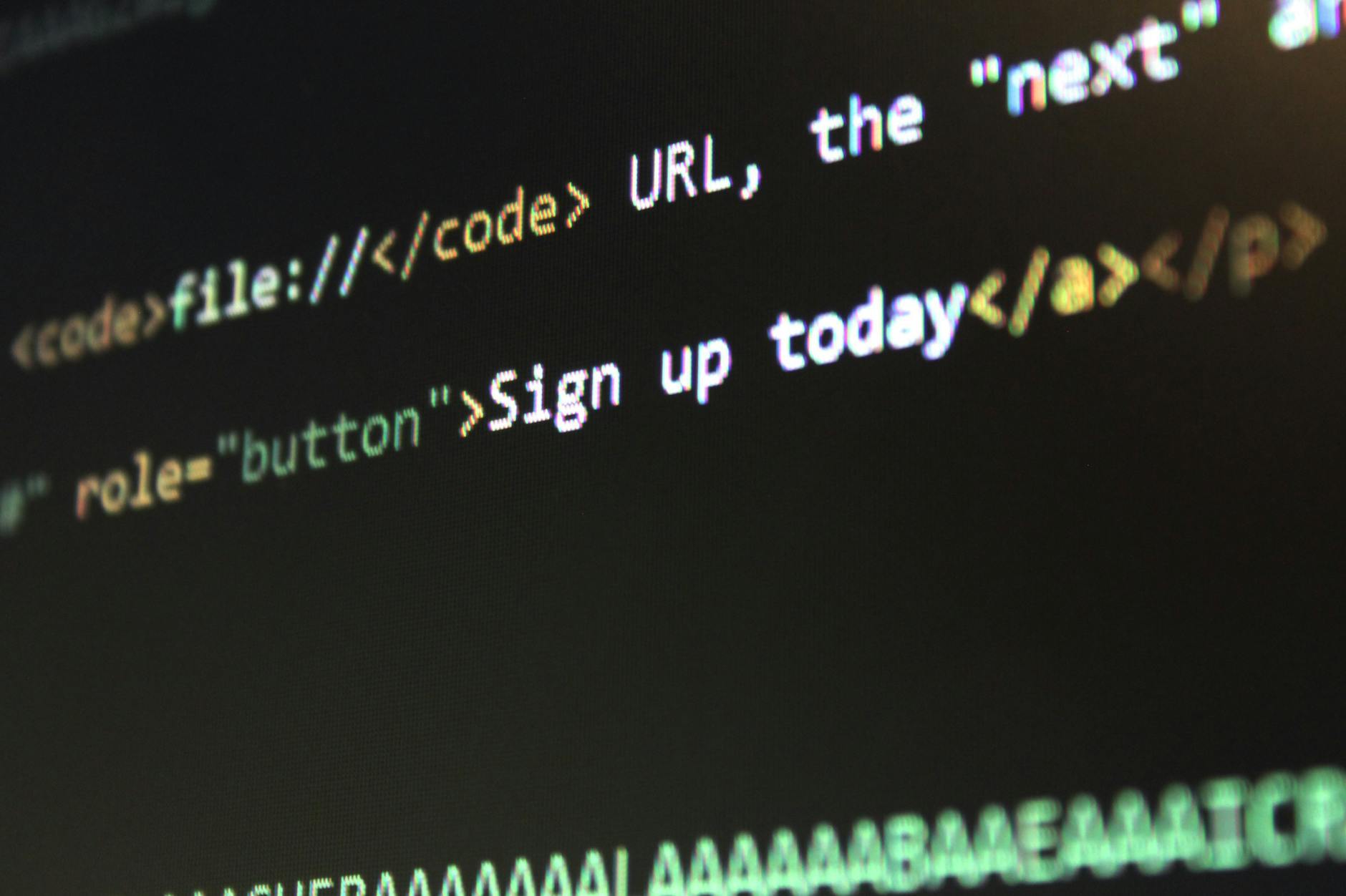Are Australian Schools Adapting to Modern Musical Equipment?

Current State of Music Education
Music in School Curriculums
Music has become a vital component of school curriculum across Australia, combining creativity with cognitive development. Classroom experiences evolve when students engage with musical elements, such as rhythm and melody, early on. This exposure not only fosters creativity but also develops critical thinking and problem-solving skills. Employing tools like acoustic panels and recording microphone setups can significantly enhance these learning environments, making them more immersive and effective.
Traditional Versus Modern Methods
The shift from traditional music teaching methods to more modern practices reflects the broader changes in our educational landscape. Traditional approaches often focused solely on theoretical knowledge, whereas contemporary methods embrace practical, hands-on experiences. Leveraging advanced loudspeakers can help bring digital resources to life, offering dynamic and engaging learning opportunities. This evolution aligns with the increasing integration of technology within classrooms, providing students with new ways to explore and understand music.
Technological Advancements in Music Education
Technology's role in music education is expanding rapidly, offering exciting possibilities for both teachers and students. From cloud-based platforms for music composition to virtual instruments that students can access from home, these advancements are reshaping the way music is taught and experienced. Institutions have started installing sound-enhancing tools and immersive technologies, much like the setup at the Melbourne Recital Center, to create an authentic musical atmosphere. Such innovations allow learners to step beyond traditional boundaries and immerse themselves in a comprehensive musical education.
Modern Musical Equipment in Schools
Types of Equipment Used
In today’s dynamic learning environment, having the right musical equipment not only enhances the learning process but also sparks creativity among students. Schools are keenly investing in tools that elevate the learning experience. There's an increasing emphasis on having a comprehensive antenna tracking system for precise audio capture during live performances or recording sessions. This technology ensures high-quality sound, allowing students to focus on their musical expression.
Another critical piece of equipment is the professional microphone. With its superior capability to accurately capture sound nuances, students can experience firsthand the impact of professional-grade audio, mirroring conditions they might find in venues like the Melbourne Recital Center. This exposure prepares them for future performances and amplifies their confidence.
It's not just about individual pieces; integrating these tools into the classroom setting forms a cohesive unit that resonates with the modern student. For the educators amongst you, aged between 29 and 30, with experience levels ranging from medium knowledge to high, who frequent the music stores on Collins Street, using equipment that students are likely to encounter in professional settings is invaluable.
Such resources encourage practical learning and can be incorporated into lessons, making abstract musical concepts tangible and real. Each piece of technology becomes an exciting and interactive tool in education, allowing students to engage deeply with music. This setup undoubtedly nurtures a vibrant and explorative learning atmosphere.
Challenges in Adoption
Accessibility of Resources
In discussing accessibility, it's vital to consider how equipment like a universal remote and advanced paging systems can enhance music education but also pose challenges. Schools often face difficulties in obtaining such resources due to budget constraints or a lack of technical support. Many educators in Melbourne find themselves frequently working to integrate new technologies while ensuring they remain within financial limitations. To make these tools more accessible, there are strategies like seeking grants or partnerships with local music stores on Collins Street that can be explored.
Teacher Training and Development
Equipping teachers with the skills to effectively use modern musical equipment is crucial. Despite their enthusiasm, many educators often struggle with adapting to new technological tools. This is where professional development becomes essential. Workshops, such as those held at the State Library of Victoria, can offer educators the chance to receive hands-on training with new devices. Emphasizing continuous learning helps teachers keep pace with evolving technologies, ultimately benefiting students.
Resistance to Change
Resistance often stems from an attachment to traditional methods or a fear of the unknown. It is not uncommon to see educators clinging to older practices, especially when technology is perceived as disruptive. Sharing successful case studies from nearby institutions or anecdotal experiences from a classroom setting can demonstrate the benefits of embracing change. Incorporating feedback from these initiatives might help alleviate concerns and foster a more progressive approach to adopting new educational technologies.
Best Practices for Implementation
Collaborating with Industry Experts
In Melbourne, the synergy between music education and industry expertise is palpable. Collaborating with professionals can significantly enrich your school's music curriculum by integrating cutting-edge audio equipment and innovative teaching techniques. For instance, reaching out to experts from renowned music stores on Collins Street can provide access to essential resources and workshops. These collaborations not only bring in broadcast solutions but also ignite a passion for music among students, enriching their learning experience through real-world applications and demonstrations.
Creating a Supportive Environment
Creating an environment that fosters creativity and engagement is vital. Think about setting up an interactive space where students feel inspired and confident to explore various musical avenues. This could involve designing classrooms with state-of-the-art sound systems and ergonomic instruments to cater to diverse student needs. Borrow ideas from engaging workshops at places like the State Library of Victoria, where interactive experiences make learning come alive. By doing so, you help students not only hear the music but also feel it.
Continuous Assessment and Feedback
To ensure the effective implementation of these practices, incorporate a system of continuous assessment and feedback. Regular evaluations can highlight areas for improvement and success stories within your music programs. Encouraging students to share their experiences with new equipment or techniques allows for authentic feedback and aids in refining the curriculum. Engaging students in discussions similar to those at the Melbourne Recital Center ensures their voices are heard and valued, setting the stage for sustained enthusiasm and growth.
FAQs
Common Queries from Parents
Let’s dive into some of the most common questions that parents often ask. They wonder about the impact of modern musical equipment on their children's learning. It's not uncommon to hear parents voicing concerns about screen time and technology replacing traditional instruments. In the classrooms of Melbourne, we love striking a balance between utilizing digital tools and preserving classical elements. Think of how the Melbourne Recital Center balances its programme, always offering a blend of modern and traditional performances—an approach we echo in our music teaching.
Clarifications for Educators
Educators might feel overwhelmed with the rapid pace of change, questioning how they can effectively integrate new technologies into their curriculum. We often chat with teachers during educational workshops at the State Library of Victoria, discussing how to harmoniously combine tech with traditional teaching. From using apps that facilitate music composition to embracing cutting edge music software, there's a treasure trove of tech we can harness. The key is training and support, ensuring educators are confident facilitators of this musical revolution.
Addressing Student Concerns
Now, onto the students, who may harbor concerns themselves! Sometimes, I’ve seen students at music stores on Collins Street narrowly fixated on mastering one instrument, unsure about digital music's role in their growth. I tell them stories about past students who, by branching out into digital compositions, unlocked new creative dimensions. Assuring them that mastering both traditional and digital realms opens doors to a fuller musical experience is vital. With tailored support and experimentation, students can uniquely express their creativity.
Overall, by continually fostering an environment ripe for collaboration, support, and exploration, we ensure music education in Melbourne is as vibrant as our passionate community itself.


